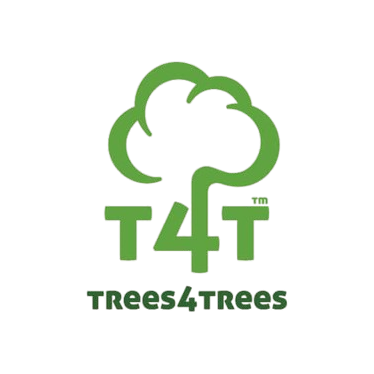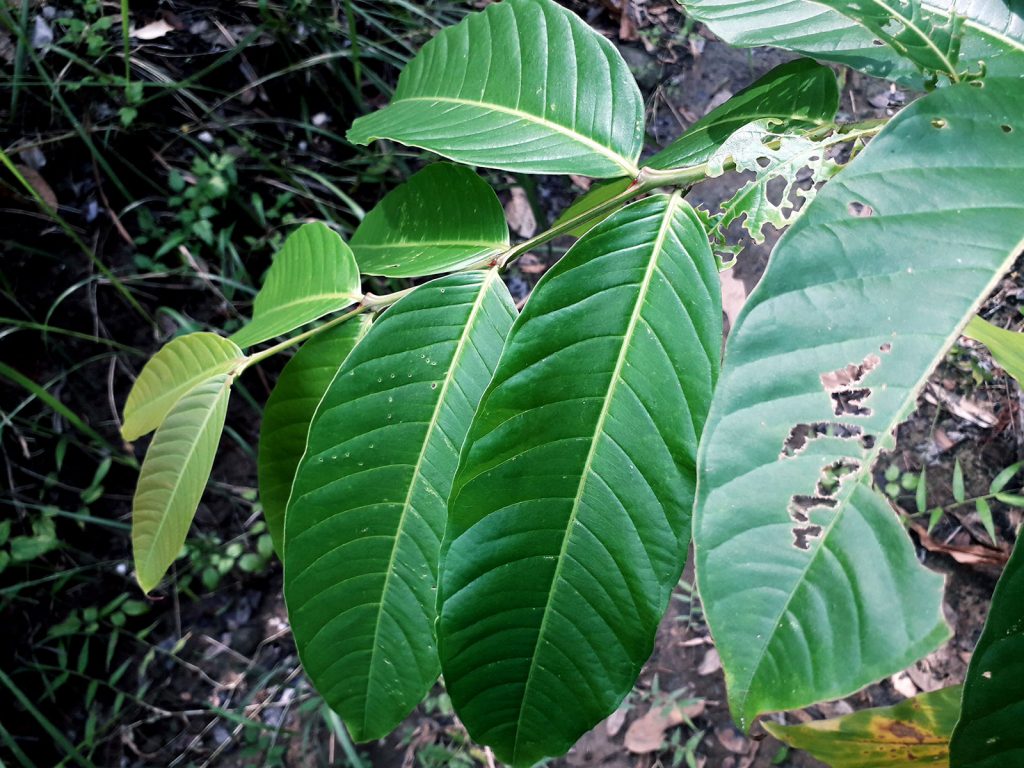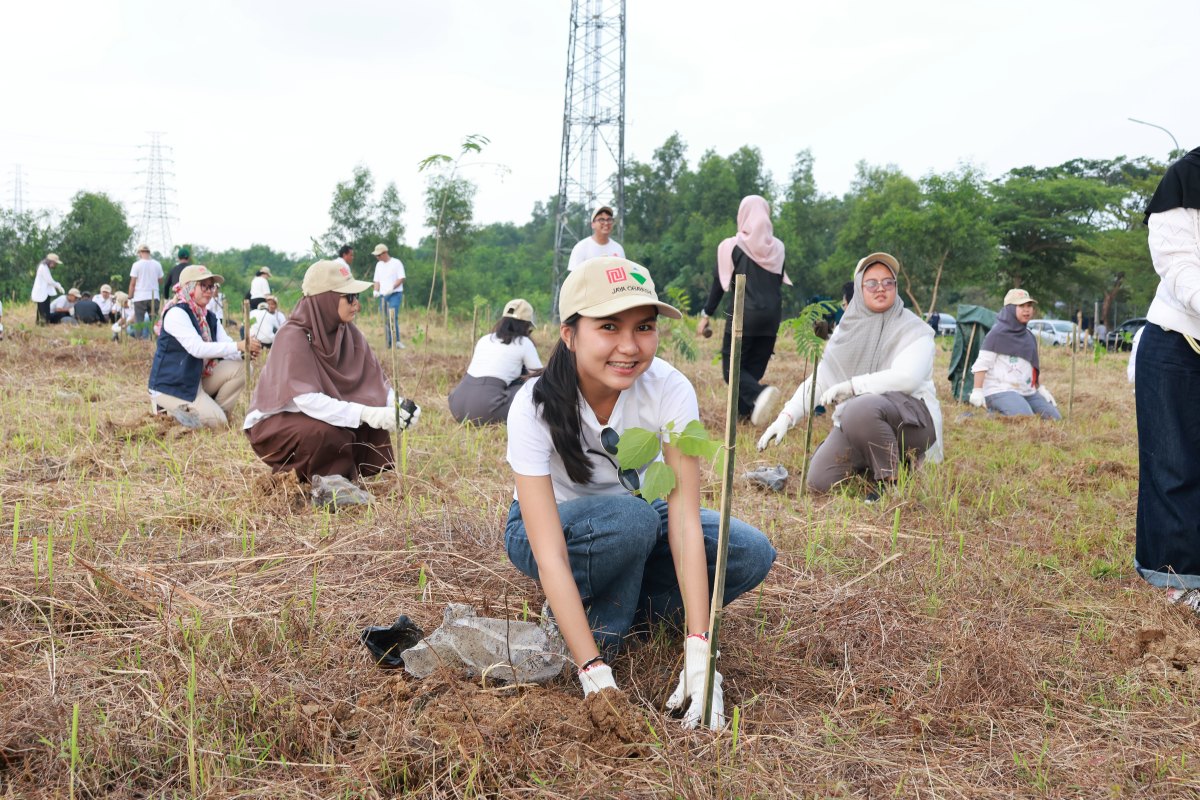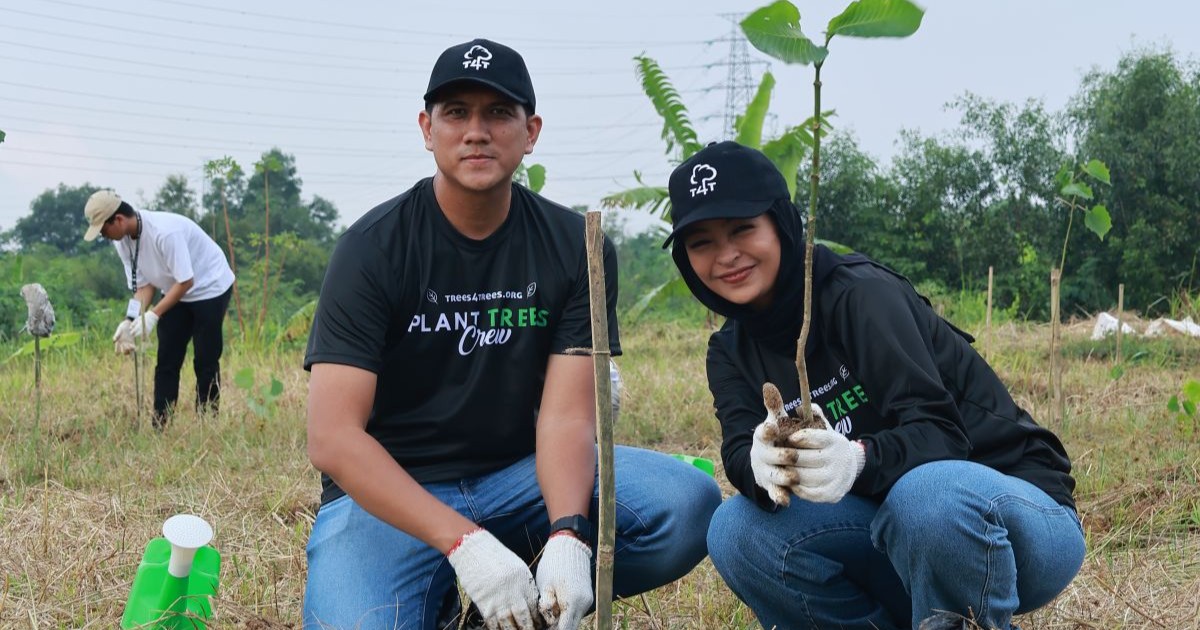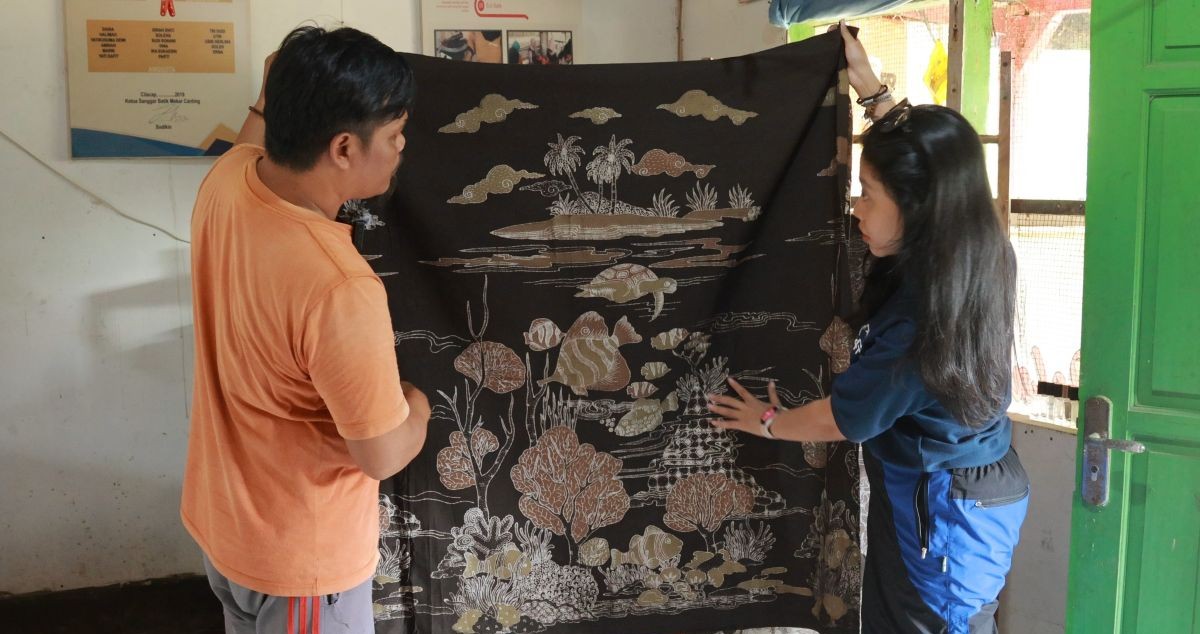Common Name |
Indian crape myrtle |
Description |
Lagerstroemia speciosa or Bungur in Indonesian is a deciduous or semi-deciduous small to medium-sized or rarely large tree up to 40(45) m tall; bole fairly straight to crooked, branchless for up to 18 m, up to 100(-150) cm in diameter, often fluted and sometimes with small buttresses, bark surface smooth or with small papery flakes, grey to light fawn-brown mottled, inner bark fibrous, grey-fawn to yellow, turning dirty mauve or purple upon exposure; crown usually bushy and spreading
It is found at low to medium altitudes in comparatively open habitats, in disturbed or secondary forest, grassland, and along rivers. The habitat may vary from well drained to occasionally flooded but not peat soil. It is resistant to fire. |
Products |
Fuel: The gross energy value of L. speciosa wood is 18 855-19 230 kJ/kg.
Timber: The medium-weight hardwood has a density of 505-810 kg/cu m at 15 % moisture content. Heartwood pale brown, yellow-brown, greyish or reddish to red-brown, not differentiated from the white or grey-white to yellow-brown, up to 8 cm wide sapwood. Grain straight or slightly interlocked, occasionally conspicuously wavy, texture moderately fine to rather coarse, lustrous. The timber is resistant to termites |
Service |
Erosion control: Due to the tree’s dense and widespreading root system, it is used in erosion control.
Reclamation: The tree has been used in reforestation of degraded hills in Java. Ornamental: L. spciosa is cultivated for ornamental purposes and as a roadside tree. Boundary or barrier or support: The tree is used as a support for rattan |
